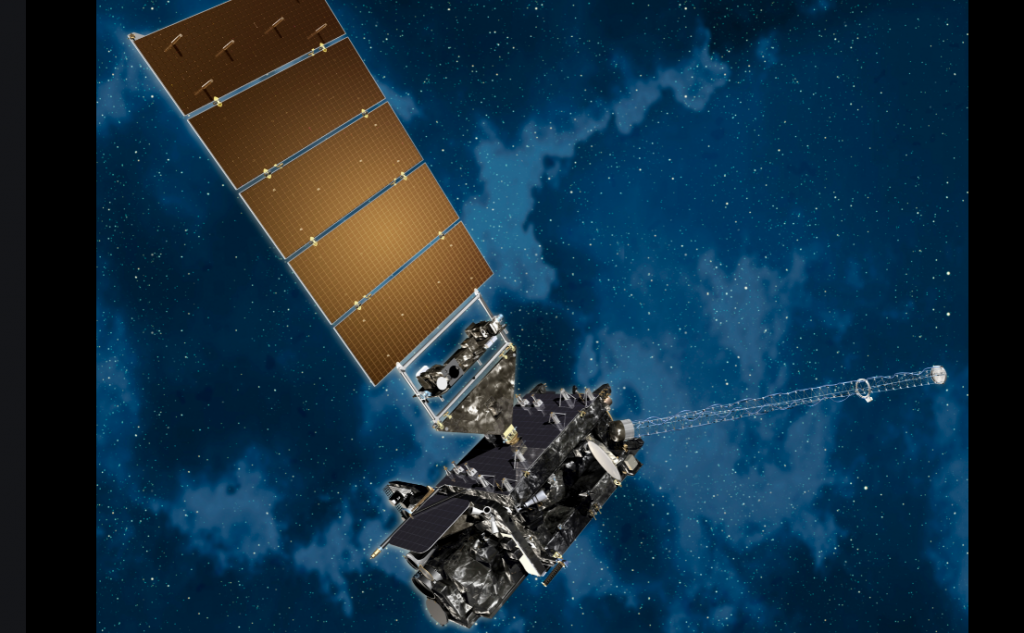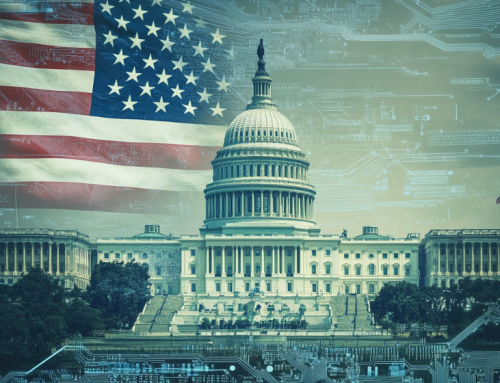
The GOES-16 satellite is still forecasting five years after its launch.
The Future of Forecasting Weather Should Be Combination of AI, Humans
Many of us rely on the local weather forecasters in our areas to give us the lowdown on what to expect in temperature, precipitation, etc. If you watch the weather channel or the local TV stations for the weather, you see the slick, computer-generated maps of forecasts and the numbers to expect.
Megan Herbst has written a long piece about weather forecasting and the billions of dollars spent by our government and the private sector, all trying to generate the foremost forecast. We found her detailed article on wired.com.
Herbst gives a background on how scientists once predicted weather in the ’50s, using basic tools. Then with the advent of computers things changed. She takes us through the decades and shows how computers and satellites became part of the landscape.
Over the ensuing decades, billions of dollars in investments and the evolution of faster, smaller computers led to a surge in predictive capability. Models are now capable of interpreting the dynamics of parcels of atmosphere as small as 3 kilometers in area, and since 1960 these models have been able to include ever-more-accurate data sent from weather satellites.
In 2016 and 2018, the GOES-16 and -17 satellites launched into orbit, providing a host of improvements, including higher-resolution images and pinpoint lightning detection. The most popular numerical models, the U.S.-based Global Forecasting System (GFS) and European Center for Medium-Range Weather Forecasts (ECMWF) released significant upgrades this year, and new products and models are being developed at a faster clip than ever. At a finger’s touch, we can access an astonishingly precise weather forecast for our exact location on the Earth’s surface.
Pretty impressive and very expensive. Now add in today’s lightning-fast algorithms, and it gets interesting.
Algorithm Vs. Human Forecast
As mentioned this is a detailed piece, but one interesting standout paragraph was the comparison of human forecasting to computer forecasting in a series of tests. Spoiler alert, the human did better.
“…research published by NOAA Weather Prediction Service director David Novak and his colleagues show that while human forecasters may not be able to ‘beat’ the models on your typical sunny, fair-weather day, they still produce more accurate predictions than the algorithm-crunchers in bad weather. Over the two decades of information Novak’s team studied, humans were 20 to 40 percent more accurate at forecasting near-future precipitation than the Global Forecast System (GFS) and the North American Mesoscale Forecast System (NAM), the most commonly used national models. Humans also made statistically significant improvements to temperature forecasting over both model’s guidance.”
It seems that even slight updrafts in an area can cause an algorithm from a satellite in space to think a full-blown water spout is present when it wasn’t.
In a tropical environment like the Florida Keys, the weather doesn’t change much from day to day, so one local researcher and his colleagues had to manually look at variations in the atmosphere, like wind speed and available moisture—variations that the algorithms don’t always take into account—to see if there was any correlation between certain factors and a higher risk of waterspouts. They compared these observations to a modeled probability index that indicates whether waterspouts are likely and found that with the right combination of atmospheric measurements, the human forecast “outperformed” the model in every metric of predicting waterspouts.
The amount of money spent on the AI running the future of predicting the worldwide weather is staggering. Who is spending it most effectively is still a question. Public or private is still to be seen.
read more at wired.com







Leave A Comment